
Cricket Clothing Starter Kit
Cricket, the Game of Life
Cricket, tis the game of champions, commoners and kings alike. Poping up somewhere in the really 17th century, it is considered the forefather of many modern sports such as baseball, lacrosse, handball and soccer.
Like all great sports, cricket is a fairly simple game when you break it down. One player throws a ball while another tries to hit it with a bat. Though an oversimplification, this is the core concept, with many intricacies woven on top of it, such as the rules, the equipment and the appropriate clothing such as cricket helmets, gloves, shoes, pads and the likes.
Helmets
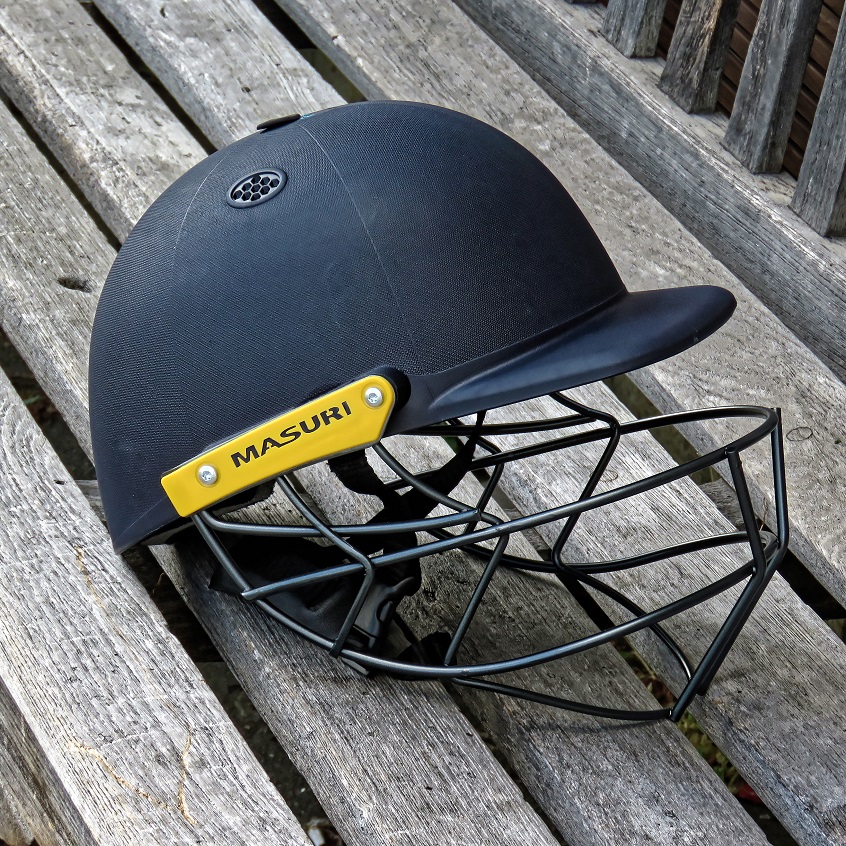
The cricket helmet may be the most important aspect of cricket clothing. Why? Because it protects your head from fast-moving balls and powerful impacts with other players. It is highly essential for both amateurs and professional players alike, it’s even the only mandatory piece of clothing junior cricketers under the age of 18 have to wear whilst batting, wicket-keeping or generally running on the field.
So what makes a good cricket helmet stand out?
The shell of the cricket batting helmet is the main component, serving to provide maximum protection and shock absorption from all kinds of impacts. The inner layers provide additional force absorption and comfort, while the outer layers take the brunt of the impact.
The grill is the part at the front which acts as a face shield, whilst minimally impeding the batsman’s vision. Throughout the year, the grill has gone through different materials, but metal has become the modern choice due to its strength and stiffness.
Padding is placed inside of the cricket helmet to minimise the impact of a fast cricket ball and to provide a soft, comfortable fit. Due to batsmen being subjected to sudden movements that could dislodge the helmet and impair their vision, padding creates a secure tight fit.
The chin strap provides further security by fastening the cricket helmet to your head, maintains its relatively fixed position if a cricket ball strikes the grill. The chin guard also supplies additional shock absorption in case of an impact.
These helmets are made from all forms of materials. ABS Thermoplastic is ideal for the shell due to its shock absorption characteristics along with the ability to mould into various shapes. Fibreglass is an even better alternative, offering greater strength and durability compared to ABS plastic. Carbon fibre is the preferred material-of-choice for a helmet shell – it’s usually expensive and less malleable. High-density foam is also used, providing a very light helmet with good shock absorption levels, making it ideal for padding.
With all this in mind, now if you see a cricket helmet for sale, you’ll know what to pay attention to. Good material and a good fit make a huge difference.
Gloves
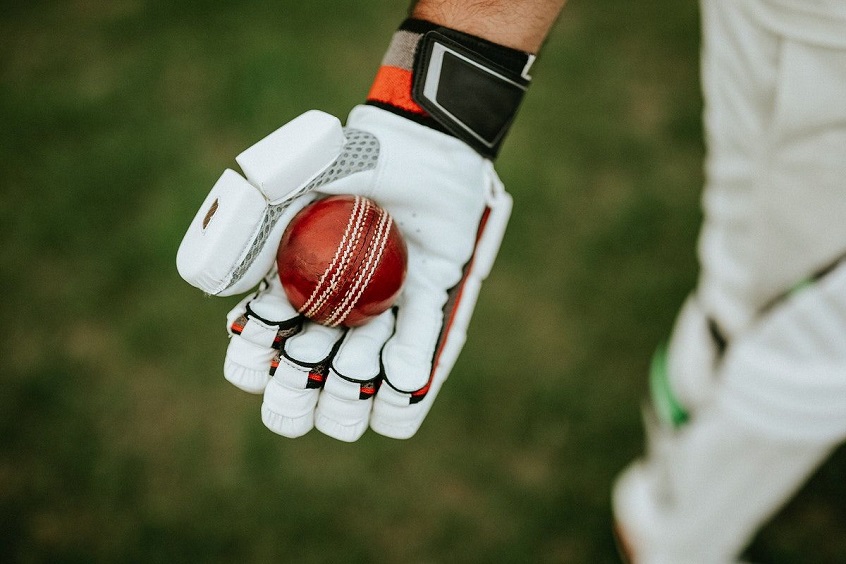
Batting gloves are essential for batsmen. Your hands and fingers are pretty fragile pieces of your body and can often be struck or jammed against the bat handle while playing.
So what makes a good cricket glove? What’s it made of?
Raw cotton was the traditional material of choice, but it has since been superseded by high-density foams, which offer greater impact protection and lighter weight. Top-end gloves often boast a high amount of HD foam which is supported by resilient plastic inserts. This delivers greater protection to the finger, especially the first two fingers of the bottom hand, which are at high risk of impact.
The level of comfort permitted by gloves during the game will largely depend on the materials used for the palm of the hand. Cotton and PVC is the economic option that offers very little moisture absorption, making them not the best choice for summer. Cow leather is a relatively long-lasting alternative that provides increased comfort. Calfskin leather is the most comfortable and soft of base materials, but it’s prone to wear and tear, making it not the most long-lasting option. Kangaroo leather is the most popular choice due to its strong yet light profile.
Shoes
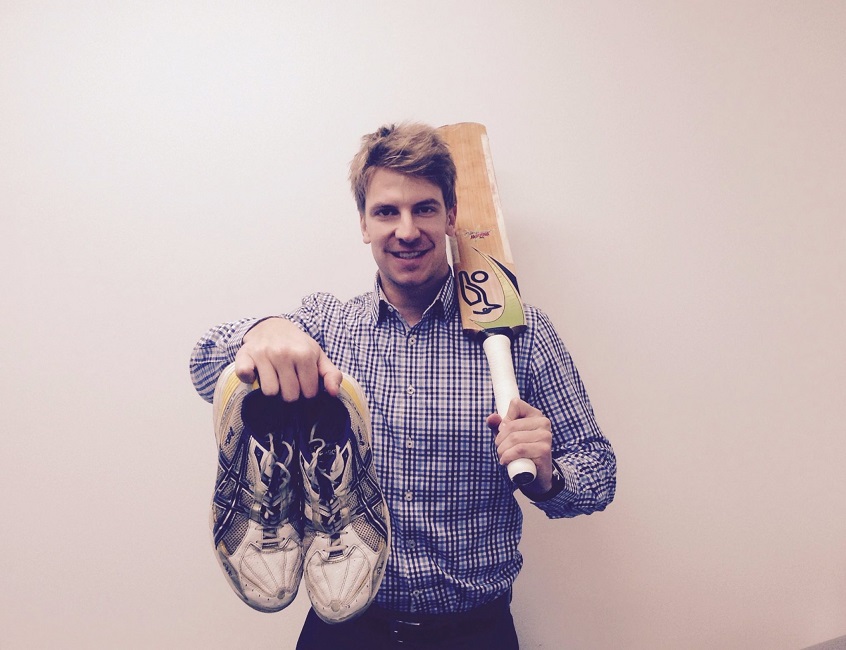
When it comes to shoes, there’s not really that much to them. Any sturdy sports shoe or boot will do. Basically, cricket players should have a pair of cricket boots or spikes to avoid slipping in wet conditions. These should be worn instead of trainers because they are harder and more likely to protect your toes and feet from the impact of a cricket ball. Due to this, cricket shoes are highly customizable and can be tailor-made to provide you with a supreme fit, while still maintaining toe and slip protection.
Pads
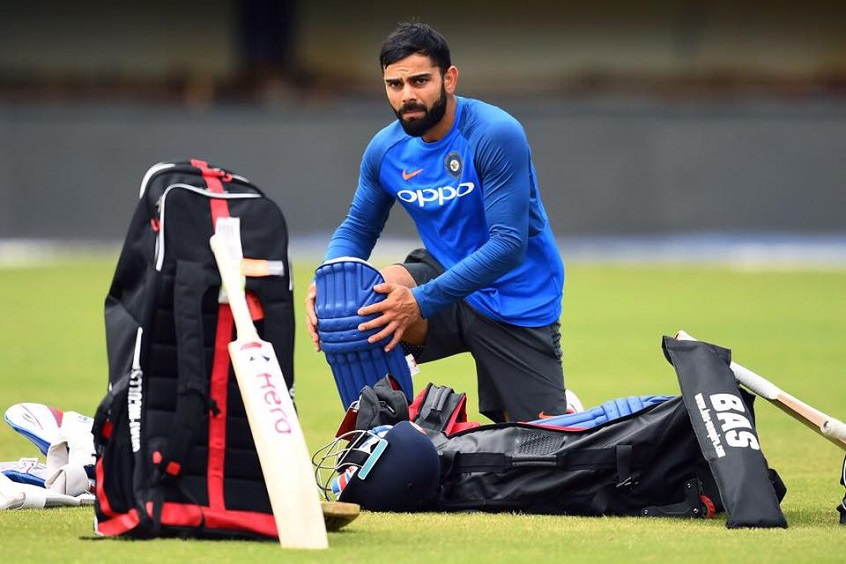
Batting pads or leg guards are an absolutely essential part of a cricket player’s attire and exist to protect a batsman’s shins, knees and parts of the lower thigh. Pads are usually supported by three Velcro straps to securely fasten the protective gear to the leg. Contemporary leg guards are made using strong, long-lasting and ultra-light synthetic materials such as PVC, PU and high-density foam, thus provide comfort and protection at minimal levels of fatigue.
When going for pads, always prioritize the higher quality ones, due to their greater impact protection and shock absorption levels. Size and a good fit is also a key factor. If you get oversized leg guards, they may restrict movement, negatively affect stamina and lower performance levels.
Clothing
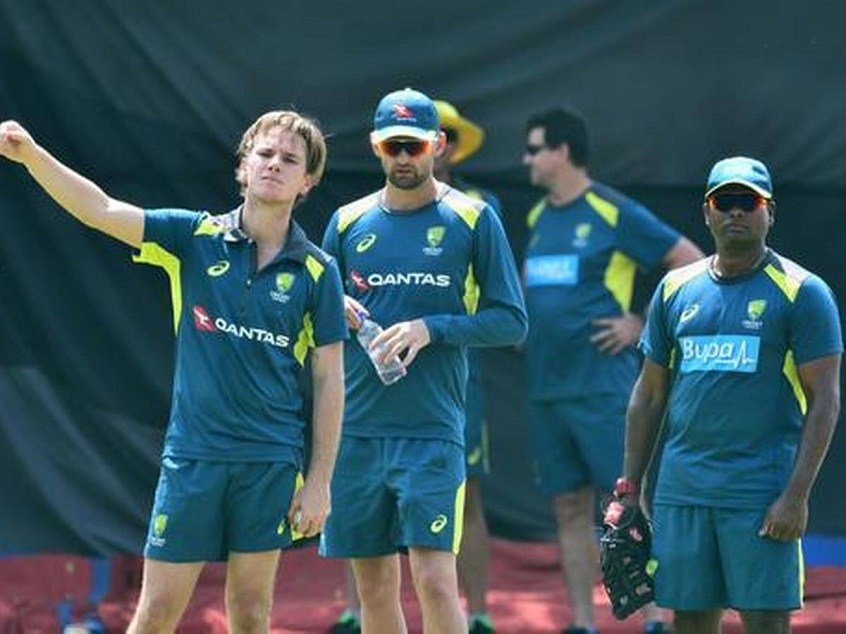
Clothing serves not only an aesthetic but a practical purpose as well. It should breathe, be comfortable and light, whilst providing basic protection from the elements.
White is the colour of the sport, with a white shirt, white pants, white socks and white briefs being a requirement. A jumper is great for those cold days and a cap can shield your eyes and scalp from the sun.


No Comments